Learning about Mother Nature’s edible and healing plants is a critical component of living a sustainable, self-sufficient, and prepared lifestyle.
Broadleaf Plantain, commonly pronounced plan-tin, is a “common” weed that most folks recognize. You likely see it in your lawn, but chances are you don’t know its name. However, there is nothing common about Broadleaf Plantain, a perennial leafy, low-growing plant in the Plantaginaceae family.
Long recognized for its incredible nutritional and medicinal properties, the plantain weed was a mainstay in the diets of Europeans more than 4,000 years ago.
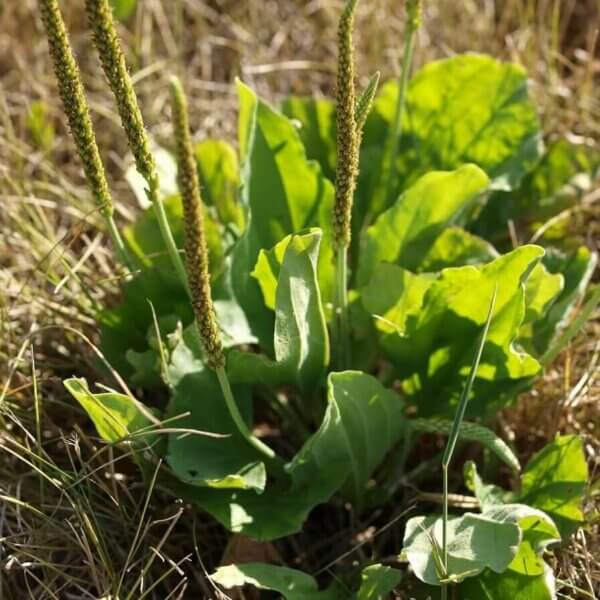
The edible herb can be found in roadside ditches, meadows, pastures, vineyards, and orchards. To the continual frustration of home gardeners, this hardy weed also flourishes in lawns, flowerbeds, and home gardens.
Broadleaf Plantain thrives in all United States Plant Hardiness Zones, but especially in moist, sunny, well-drained soil. The tiny plant typically flowers April through September.
Plantain Weed Description
Broadleaf Plantain presents dark green, oval shaped leaves that grow in a tight rosette. The sturdy leaves exhibit thick, short stems that meet at the base.
When the stems are broken, they reveal tough, string-like veins that resemble those found in a stalk of celery. Long-pointed, lime green, tiny flowers grow from the base. The petite flowers produce a small pod containing dark brown seeds.
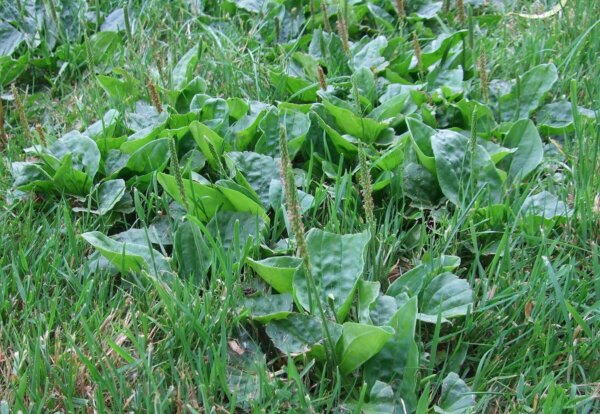
Broadleaf Plantain reproduces almost entirely by seed. However, plants sometimes regenerate from a broken leaf or cut root crown. A healthy plant produces greater than 15,000 seeds per year. Sticky when wet, the little seeds adhere to wildlife or are transported by birds and the wind.
Plantain seeds retain viability in the soil for more than 65 years. Needless to say, this is a persistent plant that is here to stay.
Plantain Weed Varieties
There are two kinds of plantain: the larger Greater (or Broadleaf) Plantain and the smaller leafed Ribwort Plantain.
While often discounted as an invasive “ditch weed,” both varieties of plantain offer impressive nutritional value and amazing medicinal benefits.
Plantain Weed Cultivation And Harvest
Easy to cultivate, Broadleaf Plantain thrives in any soil, preferring a sunny, moist location. The tenacious plant is an important source of food for caterpillars and a diverse array of butterfly species.
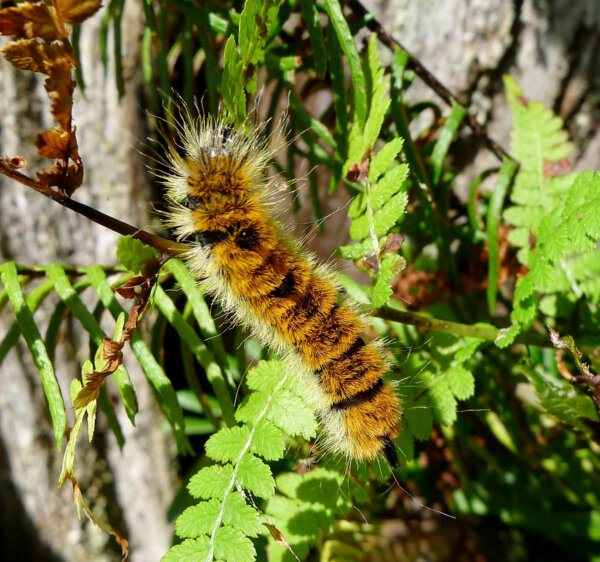
You should harvest tender edible leaves in early spring. Later in the season, gather the flower spikes to dry for winter herb use.
If you are fortunate enough to have Broadleaf Plantain established in your homestead landscape, you may want to stop considering it as a weed.
Related Post: Miner’s Lettuce
Why go through all the work to try and dig it up or eradicate it with noxious chemical herbicides, when you can harvest the tasty little edible plant for its nutritional and medicinal properties?
Wild Harvesting
Broadleaf Plantain can be cultivated in the home herb garden, or easily found on a spring or summer walk in the countryside. Always choose to harvest in locations away from the road where the area may have been sprayed with toxic pesticides or herbicides.
Gathering in places where the Broadleaf Plantain plant grows in moist, semi-shaded areas is best. These plants will be highest in moisture content and packed full of nutrients and healing properties.
Healing Properties Of Plantain Weeds
Due to its exceptionally high content of vitamin C, the plant is considered one of the strongest antioxidant herbs available. This plant was a traditional remedy for scurvy and immunity boosting spring tonic.
The entire plant offers expectorant, anodyne, astringent, antiseptic, and sedative qualities.
Broadleaf Plantain is a fine source of dietary fiber, contains seven flavonoids, and vitamins A, B1, B2, B3, C, and K. Plantain is also an excellent dietary source of calcium, iron, chromium, phosphorus, magnesium, manganese, potassium, zinc, and selenium. Pretty impressive for a common weed, huh?
Medical research confirms that Broadleaf Plantain is a useful alternative medicine for bladder infections, bronchitis, high fevers, hypertension, asthma, emphysema, and blood sugar irregularities.
In general, the leaves, flowers, seed pods, and seeds are packed with essential nutrients that are safe to ingest raw or cooked.
Adding Plantains To Your Diet
The young leaves of the Broadleaf Plantain are more nutritious than any other green, given that they have more beta-carotene than carrots and more iron and calcium than spinach.
Related Post: Wild Spinach
Speaking of spinach, the leaves present a taste similar to the green. When harvesting, select tender, young leaves. Older leaf stalks contain fibrous strings that should be removed before use.
Medical research confirms that Broadleaf Plantain is a useful alternative medicine for bladder infections, bronchitis, high fevers, hypertension, asthma, emphysema, and blood sugar irregularities.
Use Of Plantain Seeds
Although older leaves are good sources of nutritional and healing properties, the taste tends to be bitter.
Dried seeds can be ground into a nutritious flour to add to bread and to use as a thickening agent in soups and stews.
Flavor Additive
Dried seeds are frequently used as a “peppery” seasoning agent, sprinkled on salads or added to baked goods
Fresh chopped leaves make a flavorful addition to soups, salads, and salsa. A tasty addition to a wide range of dishes, prepare Broadleaf Plantain as you would spinach.
In fact, Broadleaf Plantain serves as a delightful substitute for spinach in almost any recipe.
Enhanced Water
To enhance the flavor and nutritional value of rice, potato, or pasta dishes, Broadleaf Plantain leaves and stems can be blanched in boiling water. The water used to blanch the plant can then be used to prepare the potatoes, rice, or pasta.
Herbal Tea
Rich in calcium, iron, potassium, and magnesium, Broadleaf Plantain leaves are useful when brewed as a tea to combat nausea. This characteristic makes it one of the best herbs for pregnant women to relieve morning sickness, strengthen uterine muscles before labor, and to slow heavy menstrual flows or afterbirth bleeding.
The powerful plant, when ingested as a tea, is currently found useful to quit smoking. It is also added as a main ingredient in many natural “stop-smoking” formulations.
Dried leaves, flowers, and seeds make an excellent, healing herbal tea. At first taste, plantain tea may taste bitter, but is quite palatable when infused with a slice of fresh lemon and a bit of organic honey to taste.
European And Native American Uses
Europeans immigrating to the “New World” carried with them seeds from plants they valued for both food and medicine, including the Broadleaf Plantain.
The hardy, white flowering plant flourished. Plantains spread by seeds carried by wildlife and the wind until flowering meadows of white blanketed many areas of North America.
Additionally, Native Americans carried the powdered root of Broadleaf Plantain as a remedy for snakebites. Plantain has been used as a panacea in many Native American cultures. The plant is valued for its antibacterial, antiscorbutic, antitoxic, anti-inflammatory, and antimicrobial properties.
Use In Traditional Chinese Medicine
This vital edible plant has been used for centuries in traditional Chinese medicine as a remedy for a host of ailments including digestive disorders, flatulence, chronic diarrhea, mouth and stomach ulcers, and dental caries and gingivitis.
The leaves can be chewed, crushed, chopped, or shredded and are a traditional treatment for a diverse array of medical issues. These medical issues include preventing infection from wounds or animal and insect bites.
Application Of Plantains
A poultice can be made from the mashed leaves of a plantain, and then applied directly to a wound to prevent infection and aid healing.
A poultice of the raw leaves can also be applied to the skin to extract poisonous snake venom.
A drawing poultice of crushed flowers or the whole plant can be applied to cuts, burns, sores, scrapes, ulcers, bruises, swellings, and painful rheumatic joints.
References
- Broadleaf Plantain, University Of California Agriculture And Natural Resources
- Plantains, UC Davis from the University Of California Agriculture And Natural Resources
- Broadleaf Plantain, Specialty Produce
- Homemade Healing Salve, Mommypotamus

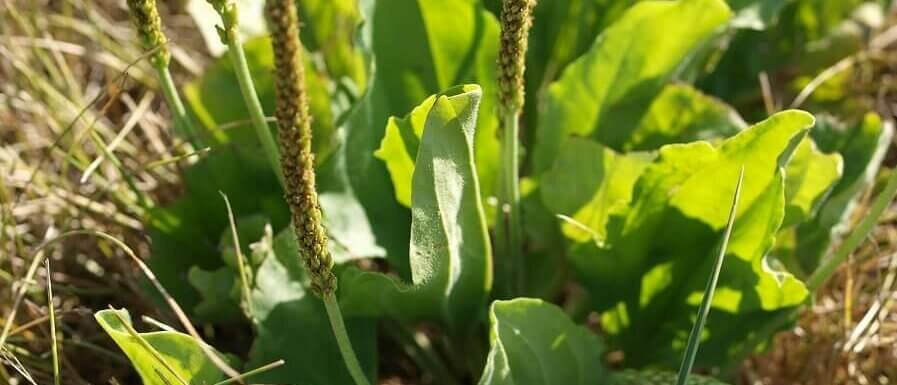
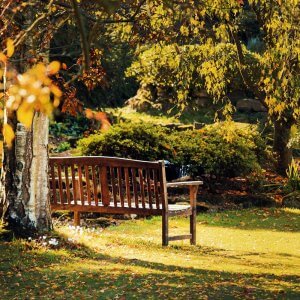

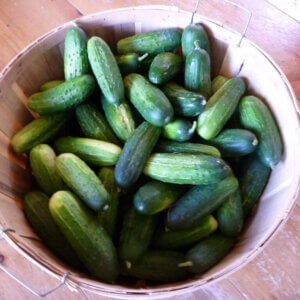
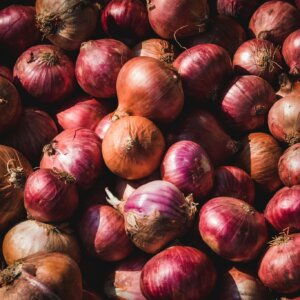



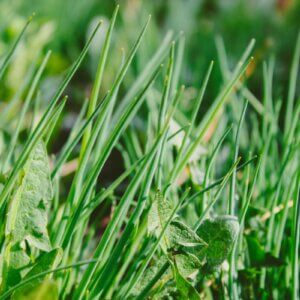

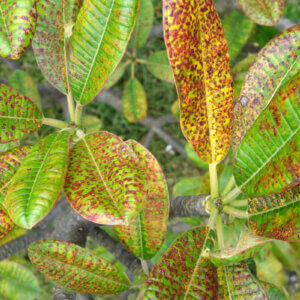
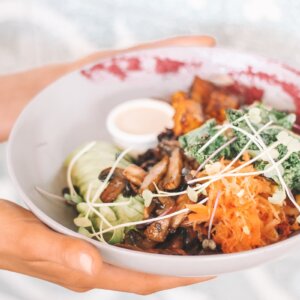

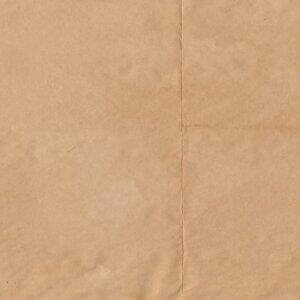
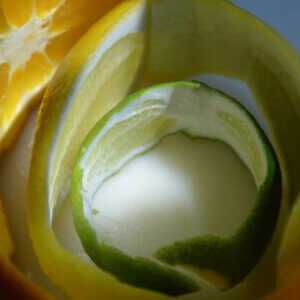

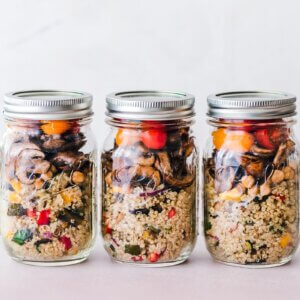

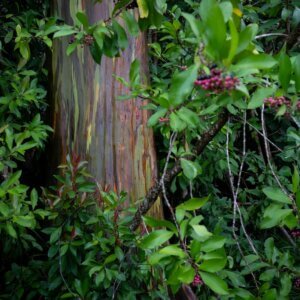
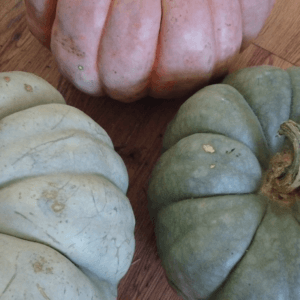
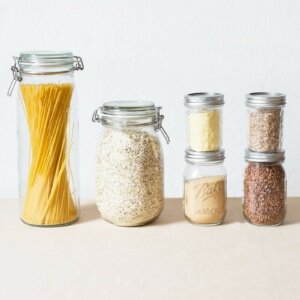
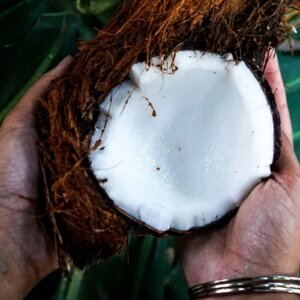


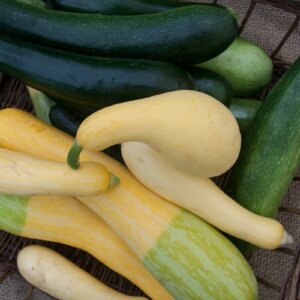


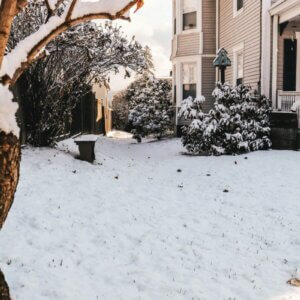
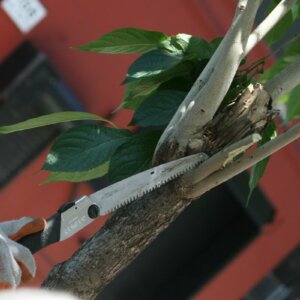

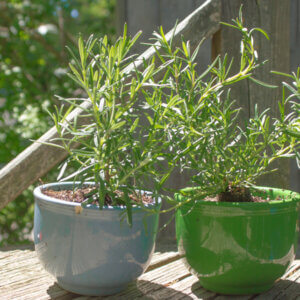
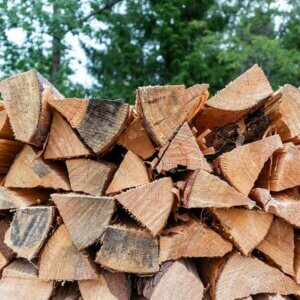


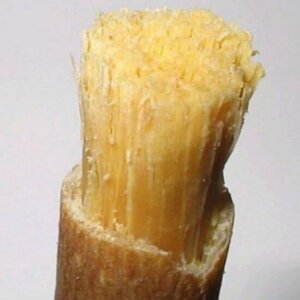

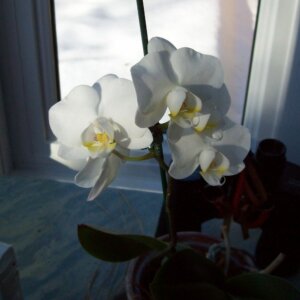

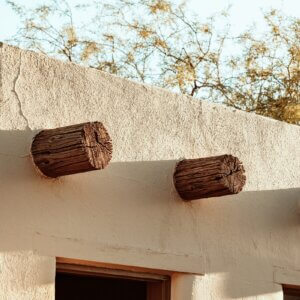

Wow! So much great information! I don’t recall see any plantain since moving south to N.C., but we certainly had more than our share back in Long Island, N.Y. (where I grew up). Should the SHTF, this could be life saving data. I will try to share, don’t know if sharing was provided in the article. Will need to look. Thank you.
THANK YOU FOR THIS INFORMATION, I HAVE PULLED THESE UP FOR YEARS. NOW I AM GOING TO ADD THEM TO MY DIET.